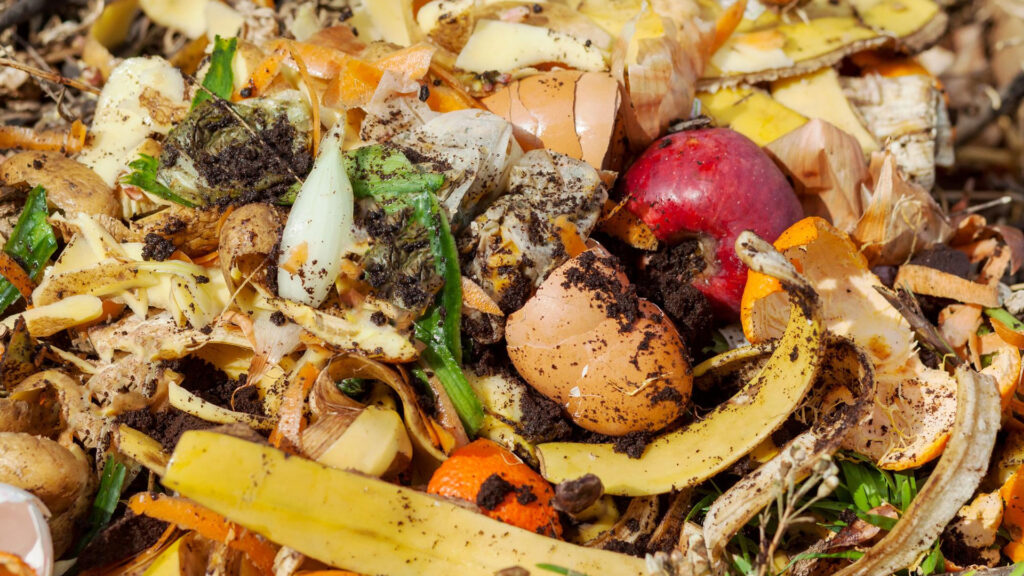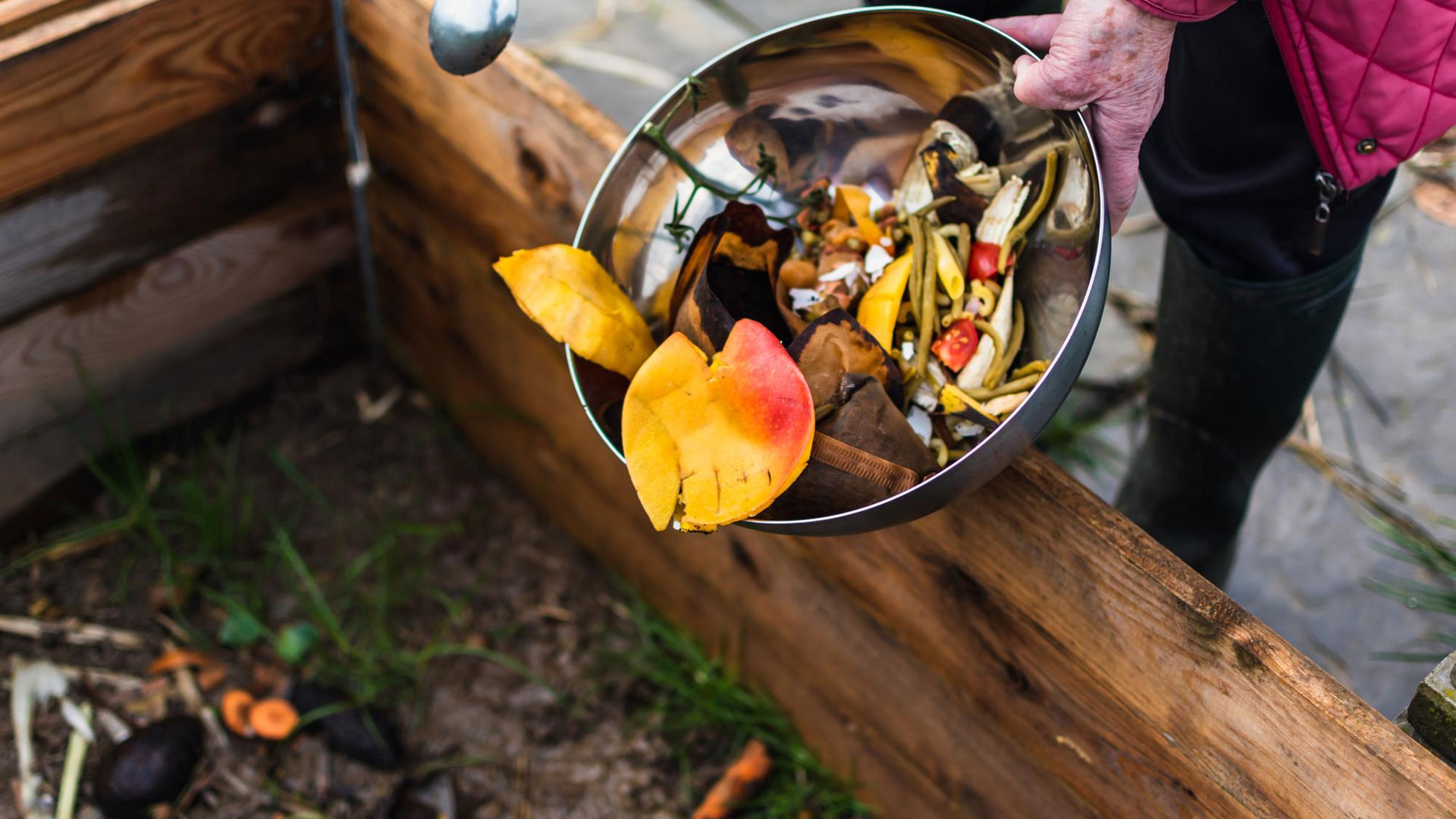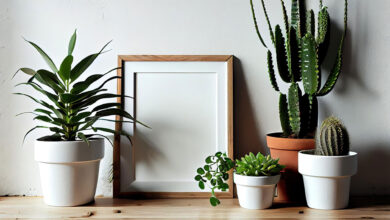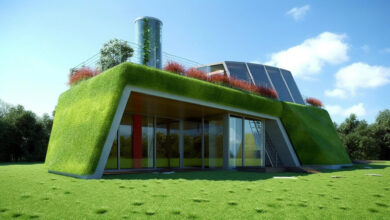Imagine having a magic trick up your sleeve that could help your garden bloom like never before. That’s what composting is all about! It’s a simple method where you take leftovers from your kitchen, like banana peels and apple cores, along with grass clippings and fallen leaves from your yard, and mix them all together. Over time, these scraps transform into a superfood for your soil, making it super rich and healthy. This process doesn’t just make your tomatoes plump and your roses vibrant; the benefits of composting extend to our whole environment. By composting, you cut down on the trash that ends up in landfills, which is a huge win for the earth. Plus, it’s a fun way to see science in action right in your backyard. If you’re thinking, “How cool! How do I start?” it’s pretty easy. You can begin how to start composting in your backyard by setting aside a spot for a compost bin, adding your food and yard waste, and giving it a good mix now and then. With a little patience and care, you’ll have your own homemade compost ready to give your garden a boost. So why not give it a try? Your garden, and the planet, will thank you!
Awesome Benefits of Composting
Think of composting as a superhero for the planet. It’s a natural way to recycle leftovers from your kitchen and yard. When you compost, you’re making sure less stuff ends up in those giant trash mountains called landfills. Landfills can get really full, and some of the stuff we throw away could take centuries to break down. By composting, we help keep the earth cleaner and less cluttered.
But wait, there’s more! Composting is like giving a vitamin boost to your garden’s soil. It adds nutrients that help plants grow big and strong. Imagine your garden smiling, with worms wiggling through the rich soil, and your flowers and veggies bursting with life. That’s what compost can do. It’s like a secret recipe for a super garden.
Here’s another cool thing: composting can help your wallet. Instead of spending your allowance on pricey plant food from the store, use your compost! It’s like making a free snack for your plants that they love to munch on. This means you can save money for other fun stuff, like a new bike or video game.
Lastly, don’t worry, it’s super easy to start. You don’t need a magic wand—just some kitchen scraps, leaves, or grass clippings. With a little time and love, they’ll transform into compost. You’ll feel proud knowing you’re doing something awesome for the planet and your garden!
Getting Started with Composting
Starting your own compost pile is easier than you might think. All you need is a little space in your backyard and a few basic materials. Think of composting as making a special snack for your garden—using things you’d normally throw away!
Choose Your Compost Spot: First up, pick a spot outside where you can pile up your compost materials. It doesn’t have to be big—just a corner of your yard will do. Make sure it’s a spot that doesn’t get too wet when it rains, and one that you can easily add to over time.
Gather Your Ingredients: Composting is all about balance. You’ll need a mix of ‘greens’ and ‘browns’. Greens are things like vegetable peels, fruit scraps, and coffee grounds. They’re rich in nitrogen and help break things down quickly. Browns are items like dry leaves, twigs, and paper. They provide carbon and help create air pockets in your compost pile.
Building Your Pile: Start by putting down a layer of browns, then add a layer of greens on top. Keep adding layers, like a lasagna, until your pile is a few feet tall. Every layer of greens should be covered with a layer of browns to keep things tidy and smell-free.
Keep It Moist: Your compost pile should be damp, but not too wet. Think of it like a wrung-out sponge. If it gets too dry, just add some water with a watering can or hose.
Stir It Up: Every week or so, give your pile a quick turn with a shovel or pitchfork. This helps get air into the pile and speeds up the composting process. Plus, it’s a great way to get a little exercise!
Before you know it, all those scraps will turn into dark, crumbly compost. It’s perfect for making your garden soil healthier and your plants happier. So, roll up your sleeves and get composting—it’s good for your garden and the planet!
What Can You Compost?

Curious about what goes into a compost bin? You’re in luck because a variety of everyday items can be composted. Let’s start with kitchen scraps. Things like apple cores, banana peels, and carrot shavings break down easily and enrich the compost. Eggshells are also great; they add calcium, which helps plants grow. But crush them first to speed up their decomposition.
Don’t forget about coffee grounds! They’re not just for brewing your favorite cup; they add nitrogen, an important nutrient for compost. Even the paper filters can join the mix. As for tea bags, choose the ones without plastic in them to keep your compost healthy.
When you head outside, your yard waste can also become compost gold. Grass clippings and fallen leaves are perfect additions. They layer in nicely and help create a balanced compost. However, avoid any clippings treated with chemicals—they won’t do your compost any favors.
Now, there are a few no-nos. It’s best to leave out meat, dairy, and oils. Why? They tend to attract unwanted visitors like rodents and can make your compost pile smell less than pleasant. Stick to plant-based items, and your compost will be a happier place.
Composting is not just about tossing leftovers and yard trimmings into a pile. It’s about creating a rich, nutritious soil additive that helps plants thrive. Plus, by composting, you reduce waste and give back to the earth. So next time you’re about to throw away those veggie scraps, think about the good they can do in your compost bin.
Keeping Your Compost Happy
Imagine your compost pile is like a pet that you feed scraps of food and yard waste. Just like a pet, it needs the right balance to stay healthy. Balance is key when it comes to composting. This means you have to watch out for how wet or dry it gets. If your compost is too wet, it might start to smell bad and not break down properly. On the other hand, if it’s too dry, it won’t decompose at all. To avoid these problems, aim for a damp, sponge-like feel.
Add a good mix of greens and browns to your compost. Greens are things like vegetable scraps, fruit peels, and coffee grounds. They’re rich in nitrogen, which is like a vitamin for your compost. Browns are items like dead leaves, twigs, and paper. They provide carbon, which gives your compost energy. A good rule of thumb is to use one part greens to two parts browns. This mix helps your compost stay healthy and break down faster.
Another important step is to turn your compost every week. Use a shovel or a compost turning tool to mix it up. Turning your compost gets air into every part of the pile. Air is super important because it helps the tiny organisms in your compost eat up the scraps faster. It’s like stirring a pot of soup to cook it evenly. By turning your compost, you make sure every part gets what it needs to break down quickly.
With a little bit of attention and care, your compost will transform into a rich, dark soil. This soil is like a magic booster for your garden. It helps plants grow strong and healthy. So, remember to keep your compost balanced, mix it up, and turn it regularly. Before you know it, you’ll have a wonderful, natural fertilizer ready to help your garden flourish!
Using Your Compost in the Garden
Think of compost as a superfood for your garden. It’s packed with nutrients that plants love. When your compost pile turns into dark, crumbly soil, it’s ready to go to work. Spread this rich material on top of your garden beds, and watch as it acts like a natural fertilizer, giving your plants a boost.
But how do you know when it’s ready? Look for compost that’s dark and has an earthy smell. It should be cool to the touch, which means the materials have fully broken down. If you spot any big chunks that aren’t decomposed, just remove them and let the rest do its magic in the garden.
Mixing compost into the soil is also a smart move, especially when you’re putting in new plants or starting a vegetable patch. Use a shovel or garden fork to blend the compost into the top few inches of soil. This helps create a welcoming environment for roots to spread out and soak up all those good nutrients.
Remember, a little goes a long way. A layer of compost about 1-2 inches thick is perfect for most gardens. It’s like cooking—too much of a good thing can overwhelm your plants. Just a sprinkle of this homemade wonder can help your garden thrive, making your plants stronger and healthier.
Lastly, take pride in using compost you made yourself. It’s not only good for your garden but also helps the environment by recycling kitchen scraps and yard waste. So, give your garden the gift of compost, and enjoy the lush, vibrant results!
Worms: The Composting Champions
Imagine having a pet that helps you recycle! That’s what worms are in the world of composting. These wriggly friends adore munching on your kitchen scraps and garden waste. As they eat, they break things down into smaller pieces. This makes it easier for other composting processes to take over and turn your waste into nutrient-rich soil. It’s like having a tiny cleanup crew in your backyard, working hard to turn your leftovers into garden gold!
Slash Your Trash
Every time you throw something away, it’s a missed opportunity to do something good for the planet. By composting, you can cut down on your household waste by a whopping up to 30%. This means less garbage heading to landfills, where it would take up space and potentially release harmful gases. Composting at home is a simple step you can take to make a big impact on reducing waste and helping our environment stay clean and green.
A Tradition of Composting
Composting isn’t a new fad; it’s a practice that has been around for ages. Historical figures like George Washington and Thomas Jefferson were composting enthusiasts. They knew the value of turning organic waste into something beneficial for their farms. These early adopters of composting understood that recycling natural materials back into the soil was not only practical but also essential for growing healthy crops. Today, we continue this tradition, recognizing its importance for sustainable living.
Let’s Start Composting!
Now that you know all about the benefits of composting and how to start, why not give it a try? It’s a fun project that helps the Earth and your garden. Happy composting!




